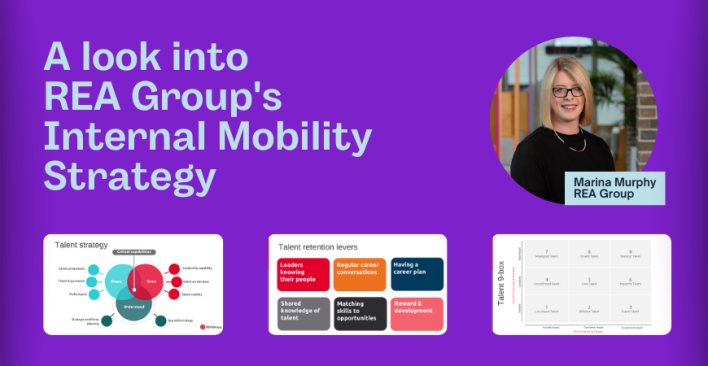Why the plural of statistic is not strategy

As we put together the speakers’ program for Master Plan in March, I keep coming back to the mantra ‘the plural of statistic is not strategy’. The field is often referred to as “workforce planning and analytics”, but in fact, workforce planning and workforce analytics are two distinct, but related, fields. Often ‘workforce planning and analytics’ is the term applied to an approach that is analytics alone. While it’s true that analytics are critical to generating the insights for a strategic workforce plan, it is only one of several integrated steps that also includes ‘futuring’, environment scanning, and, most importantly, integration to business strategy.
Many organisations focus their workforce metrics largely around productivity. But think of the former global behemoths who were highly productive, but have gone out of business. Kodak, Polaroid, Blockbuster, and Borders come to mind as organisations who appeared to have the blinkers on with regards to innovation, despite (or perhaps because of) their market edge and efficiency. Blockbuster’s mission statement started with “Our corporate mission is to provide our customers with the most convenient access to media entertainment” – but the most convenient access stopped being retail stores well before Blockbuster’s demise.
Perhaps the most telling example of this is Bethlehem Steel. Bethlehem Steel was founded in 1857 and supplied steel to the Golden Gate Bridge, Alcatraz, and Madison Square Garden, amongst other iconic constructions. You may know of the famous photo “Lunch atop a skyscraper” – of 11 men eating their lunch sitting on top a steel girder. Those workers were constructing the Rockerfeller Centre (aka 30 Rock), and that steel girder was from Bethlehem Steel. If you’ve heard of Bethlehem Steel before, it may have been in connection to Frederick Winslow Taylor, who established Scientific Management and his famous “time and motion studies” there. Bethlehem Steel, through Taylor’s work, was possibly the first organisation in the world to apply wide-scale productivity metrics to their workforce. They became bankrupt in 2001, in part due to their failure to innovate, embrace technology, and improve labour conditions – three things that their well-developed and century-old productivity metrics didn’t measure.
Workforce Strategy can be informed by, guided by, and monitored by analytics – but it can’t be developed by them. Strategy is a guiding set of principles and decision points, not a set of numbers. You can, indeed you need to, evolve your strategy while staying true to the mission and values of your organisation.
The plural of statistic is not strategy.
*Alex Hagan is a co-founder and speaker at the Inaugural Strategic Workforce Planning Conference, #MasterPlan 2014, which takes place on 26-27 March 2014 in Melbourne and 1-2 April 2014 in Wellington. To reserve a seat, click here.
Related articles
Leave a Reply
Sign up to our newsletter
Get a weekly digest on the latest in Talent Acquisition.
Deliver this goodness to my inbox!


